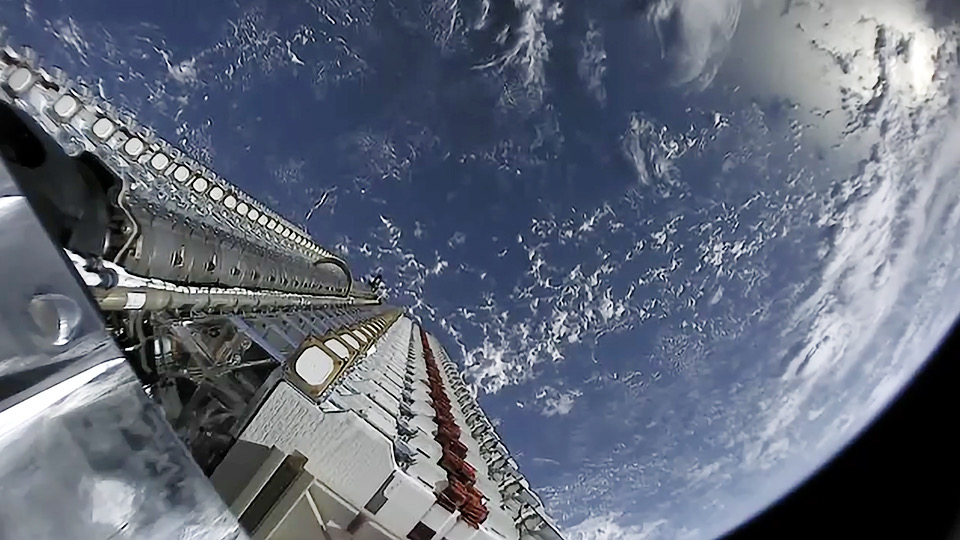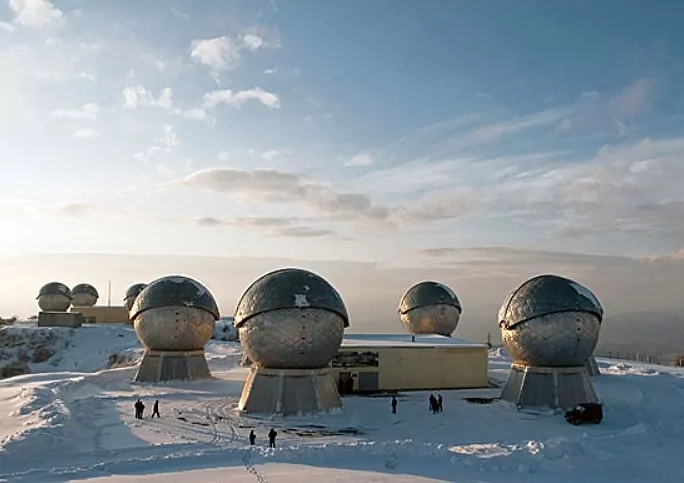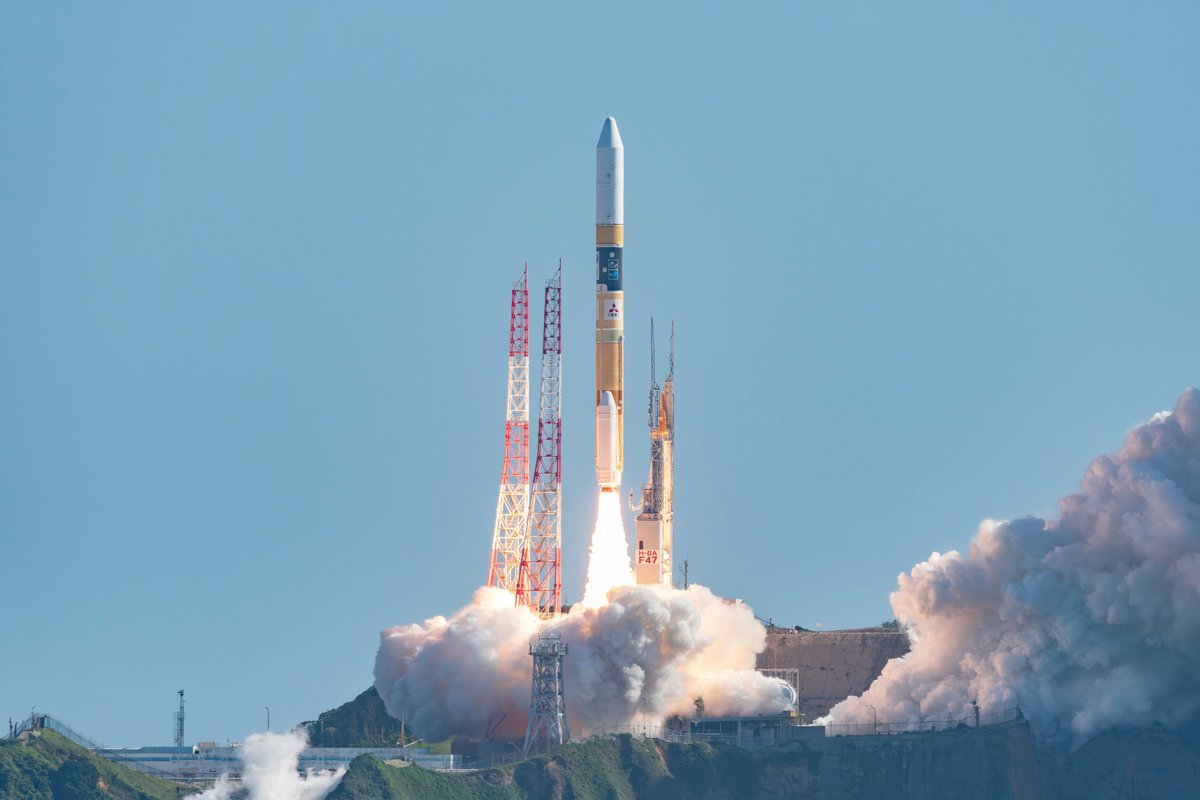· space brief · 4 min read
Space Brief 27 Nov 2024
Space highlights include a debut launch of ZhuQue-2E, Firefly's lunar lander timeline, semiconductor funding for satellites, and ISS debris avoidance.

📄Top Stories
This week marked the inaugural launch of the ZhuQue-2E rocket, highlighting a busy period for global space missions with SpaceX and Russia preparing for classified launches. Additionally, Firefly Aerospace has postponed its first lunar lander mission to January. Meanwhile, the International Space Station (ISS) performed another debris avoidance maneuver as space junk continues to pose challenges.
📰Detailed Coverage
Inaugural Launch of ZhuQue-2E
Landspace celebrated the successful first flight of its upgraded ZhuQue-2E rocket, marking a significant advancement in liquid oxygen and methane propulsion technologies. This enhanced version aims to improve payload capabilities, reflecting the growing competitiveness in the commercial launch market led by companies like SpaceX and RocketLab.
Such developments underscore the vibrant and rapidly evolving landscape of global space launches, which our web app can track for trends and insights.
Read the full story: NASASpaceFlight.com
Firefly Postpones Lunar Lander Launch
Firefly Aerospace has announced the delay of its pioneering lunar lander mission, now slated for a January launch. The mission is part of NASA’s Commercial Lunar Payload Services initiative, aiming to boost lunar exploration capabilities from commercial entities.
This postponement emphasizes the challenges and meticulous efforts required in deep space missions, aligning with our web app’s focus on tracking such significant aerospace milestones.
Read the full story: SpaceNews
Semiconductor Boost for Satellite Technologies
The U.S. Department of Commerce has extended a $59.4 million CHIPS Incentive Award to BAE Systems and Rocket Lab, aimed at bolstering semiconductor production for military and commercial satellites. This funding signifies strategic investments to ensure supply chain security and technological advancements in space systems.
This initiative will likely accelerate innovation in satellite technology, essential for maintaining competitive advantages in military and commercial space sectors.
Read the full story: Breaking Defense
ISS Maneuvers to Avoid Space Debris
The International Space Station successfully executed an evasive maneuver to avoid contact with space debris for the second time in just one week. The maneuver involved firing thrusters of the docked Russian Progress spacecraft, demonstrating continued vigilance in maintaining the safety of orbital assets.
These maneuvers highlight the growing concern and importance of efficient space traffic management, an area integral to our web app’s satellite tracking capabilities.
Read the full story: Space.com
Slingshot to Develop U.S. Space Traffic Management Interface
Slingshot Aerospace has been awarded a contract to craft the user experience for a national space traffic management system, valued at a potential $13.3 million over five years. This project aims to streamline and enhance the safety protocols for managing the increasing congestion in Earth’s orbit.
The initiative reflects the critical need for sophisticated interfaces in space situational awareness, underscoring the importance of solutions our app provides in real-time satellite tracking.
Read the full story: SpaceNews
🛰️Satellite Spotlight
- Satellite Name: COSMOS 84
- NORAD ID: 01574
- Launch Date: 1965
- Mission: Originally part of the Strela-1 satellite communication network by Russia.
- Orbit: Inclination 56.0503°, Period 116.41 minutes, Eccentricity 0.0063367
- Operator: OKB10
- Fun Fact: As an early communications satellite, COSMOS 84 contributed to advancing Soviet communication capabilities during the Cold War.
Current TLE Data:
``` 1 01574U 65070E 24317.92164458 -.00000065 00000-0 20710-3 0 89996 2 01574 56.0503 157.6704 0063367 188.3898 287.3728 12.37027990674507 ```
Track this satellite in real-time on our web app: Track COSMOS 84
🚀Upcoming Space Launches
November 27
- Russian Space Forces Soyuz 2.1b:
- Kosmos (Unknown Payload) from Plesetsk Cosmodrome, Russian Federation (19:00 UTC) Russian military satellite(s) of unknown variant.
November 29
- Russian Federal Space Agency (ROSCOSMOS) Soyuz 2.1a/Fregat-M:
- Kondor-FKA No.2 from Vostochny Cosmodrome, Siberia, Russian Federation (21:50 UTC) The Kondor-FKA is a civilian radar Earth observation satellite with advanced synthetic aperture radar capabilities.
November 30
- SpaceX Falcon 9 Block 5:
- Starlink Group 6-65 from Cape Canaveral SFS, FL, USA (05:00 UTC) A batch of satellites for the Starlink mega-constellation - SpaceX’s project for space-based Internet communication system.
- SpaceX Falcon 9 Block 5:
- NROL-126 from Vandenberg SFB, CA, USA (08:08 UTC) Fifth batch of satellites for a reconnaissance satellite constellation for the National Reconnaissance Office.
- China Aerospace Science and Technology Corporation Long March 12:
- Maiden Flight from Wenchang Space Launch Site, People’s Republic of China (13:30 UTC) First launch of the Long March 12 launch vehicle and the first from the Wenchang Commercial Space Launch Site.
December 2
- China Aerospace Science and Technology Corporation Long March 6A:
- Unknown Payload from Taiyuan Satellite Launch Center, People’s Republic of China (04:45 UTC) Possibly a launch with a batch of G60 Low Earth Orbit communication constellation satellites.
December 3
- Arianespace Vega-C:
- Sentinel-1C from Guiana Space Centre, French Guiana (21:20 UTC) Carries advanced radar technology for Earth imagery to replace the Sentinel-1B satellite.
December 4
- SpaceX Falcon 9 Block 5:
- Starlink Group 9-14 from Vandenberg SFB, CA, USA (00:29 UTC) A batch of satellites for the Starlink mega-constellation - SpaceX’s project for space-based Internet communication system.
Note: Launch dates and times are subject to change due to technical or weather considerations.

Maurice Stellarski




